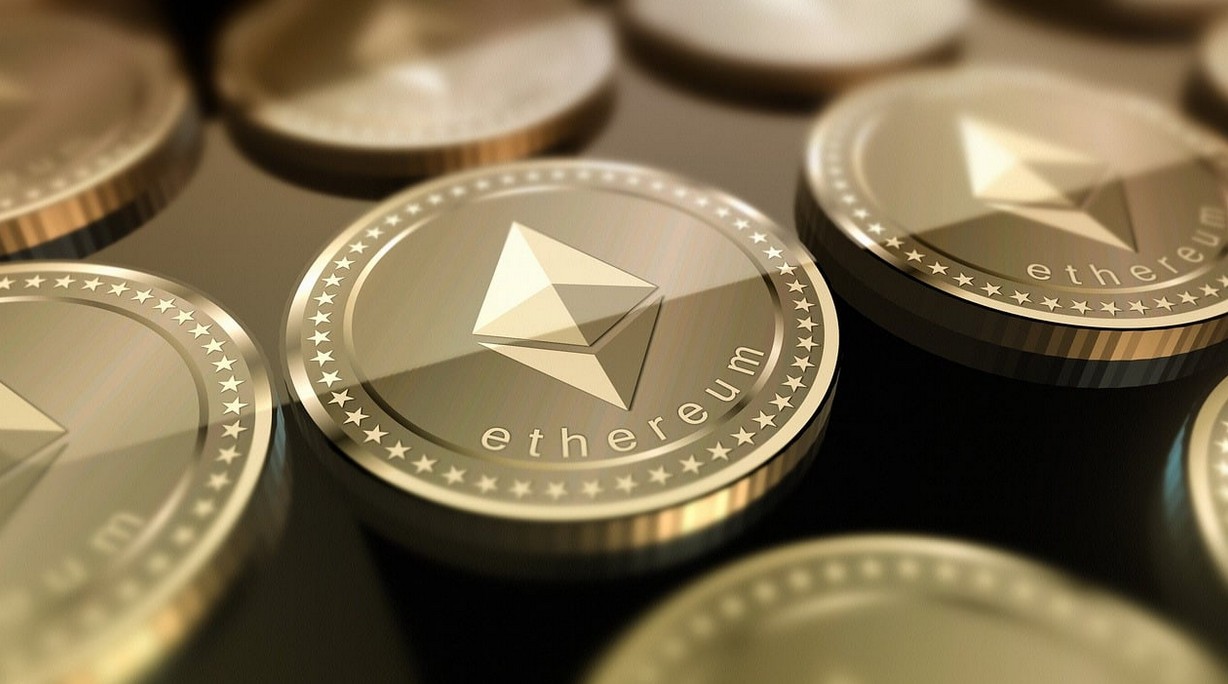Ethereum just smashed through $4,600, and this time the rally looks different. Corporate treasuries are buying ETH by the billions while institutions treat it less like a speculative bet and more like essential infrastructure.
The numbers tell the story. ETH jumped 23% this week alone, driven by real buyers with real money. Companies now hold over 3 million ETH worth $13 billion. That’s not retail FOMO – that’s boardroom decisions.

Big Money Moves Fast
BitMine Immersion, SharpLink Gaming, and The Ether Machine led corporate purchases recently. But the real eye-opener? Some mystery buyer grabbed nearly $1 billion in ETH through six different wallets connected to Galaxy Digital and FalconX.
These aren’t day traders. OTC desks handle transactions for institutions that move serious capital. When they’re active, it means pension funds, hedge funds, or corporations are accumulating.
Why ETH over Bitcoin? Simple. Bitcoin stores value. Ethereum runs businesses.
Real Applications Drive Real Demand
Ethereum processes actual commerce now. DeFi protocols handle billions daily. Supply chains track products through smart contracts. Gaming companies build entire economies on Ethereum.
The gaming sector especially shows promise. Players want seamless experiences without lengthy account setups. Modern gaming platforms offer instant play no account needed functionality, letting users jump into blockchain games immediately. These no-registration casinos enable players to deposit cryptocurrency and begin playing in only a few seconds, and can be anonymous with immediate withdrawals without standard KYC procedures.
Entertainment platforms have recognized this shift and started building on Ethereum because users demand speed and simplicity over traditional gatekeeping.
Layer 2 Changes Everything
Polygon, Arbitrum, and Optimism handle millions of transactions while keeping Ethereum’s security. Transaction costs dropped from $50 to pennies in many cases.
This unlocked applications that couldn’t work before. Micropayments make sense now. Social tokens aren’t cost-prohibitive. Consumer apps can actually serve consumers without bankrupting them.
Developers who avoided Ethereum due to fees are building again. More apps mean more ETH demand. It’s basic economics.
Technical Picture Looks Strong
ETH broke $4,400 resistance after multiple failed attempts throughout 2024. This breakout came with serious volume – not the thin trading that marks fake rallies.
Options positioning shows bulls expect higher prices through year-end. The next resistance sits at $4,800, Ethereum’s previous all-time high.
Trading data suggests institutional accumulation continues. Large holders aren’t selling into strength – they’re buying more.
Staking Locks Up Supply
Over 30 million ETH is staked, removing 25% of the total supply from circulation. Staked ETH can’t be sold immediately, creating natural supply constraints.
Liquid staking protocols like Lido let people stake while maintaining liquidity. This democratized staking beyond technical users who can run validators.
More staking means less circulating supply. Less supply plus growing demand equals higher prices. Math doesn’t lie.
Wall Street Takes Notice
Professional custody services now offer ETH staking. Institutional investors earn 3-4% yields while helping secure the network. That beats most bond yields today.
ETF inflows keep growing. Traditional investors want crypto exposure but need familiar structures. Ethereum ETFs provide that bridge between old finance and new.
Regulatory clarity helps, too. Recent guidance from financial authorities removed compliance uncertainties that scared institutional money away.
Macro Environment Helps
Central banks maintain easy money policies. Low interest rates push investors toward growth assets like cryptocurrency.
Inflation concerns drive alternative asset demand. Fear of currency debasement is a reason to find decentralized money appealing.
The geopolitical conflicts bring out the neutrality of Bitcoin and Ethereum. They don’t care about sanctions, capital controls, or political instability.
Corporate Treasury Strategy
Companies view ETH differently from Bitcoin. Bitcoin is digital gold—a store of value. Ethereum is a digital infrastructure—a business tool.
Tech companies especially appreciate this distinction. They’re not just buying ETH to hold. They’re integrating Ethereum into business operations.
This creates sticky demand. Companies using Ethereum can’t easily switch to alternatives without rebuilding entire systems.
Developer Activity Surges
GitHub commits, new project launches, and developer surveys show growing Ethereum activity. The platform attracts talent from traditional software companies.
Web3 offers developers ownership stakes in protocols they build. Traditional software development rarely provides such aligned incentives.
Strong developer communities create network effects. More developers build more applications. More applications attract more users. More users increase ETH demand.
Market Structure Evolves
Institutional trading infrastructure came of age. Professional market makers are the source of liquidity. Sophisticated derivative markets can be used to implement elaborate strategies.
This infrastructure attracts larger players who need professional-grade execution. Retail-oriented platforms couldn’t handle institutional order sizes.
Better market structure reduces volatility and increases confidence among institutional allocators.
What’s Next
The present-day pace indicates that ETH may challenge new highs of almost $4,800. Busting that level opens to $5,000 and beyond.
Price is not the sole measure, though. What is more important is network usage, developer activity, and institutional adoption when it comes to long-term success.
The shift of Ethereum as a speculative asset to a business infrastructure drives long-term demand. Utility-driven growth can be sustained as compared to rallies brought about by hype.
Bottom Line
The $4,600 breakout in Ethereum indicates that there is a shift within the institutional perception of cryptocurrency. Corporate treasuries are not betting that they are realizing Ethereum as critical digital infrastructure.
The fact that institutional adoption is combined with technical enhancements and the broadening of use cases sets the stage for long-term growth. Although the volatility in the short term cannot be avoided, long-term value is what Ethereum offers to the decentralized finance and Web3 applications, far beyond hypothetical trading.
Smart money is wagering on usefulness, and Ethereum has more usefulness than some other blockchain platforms.